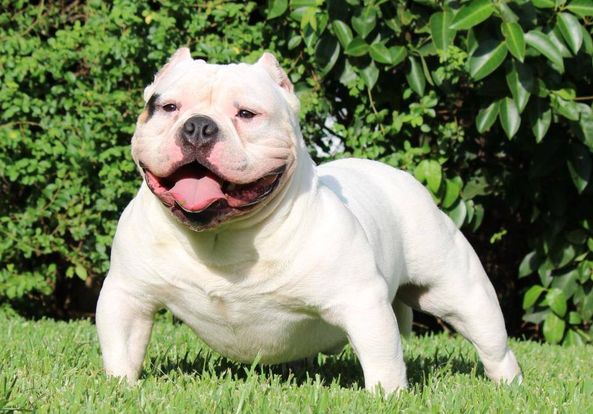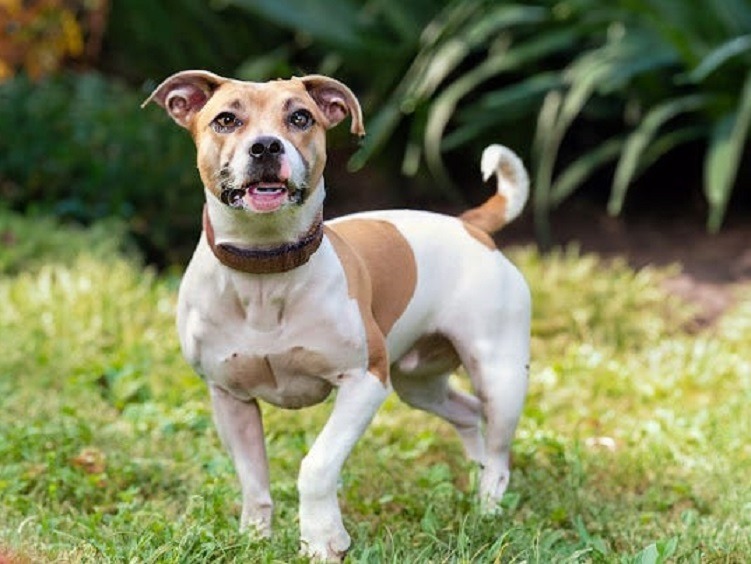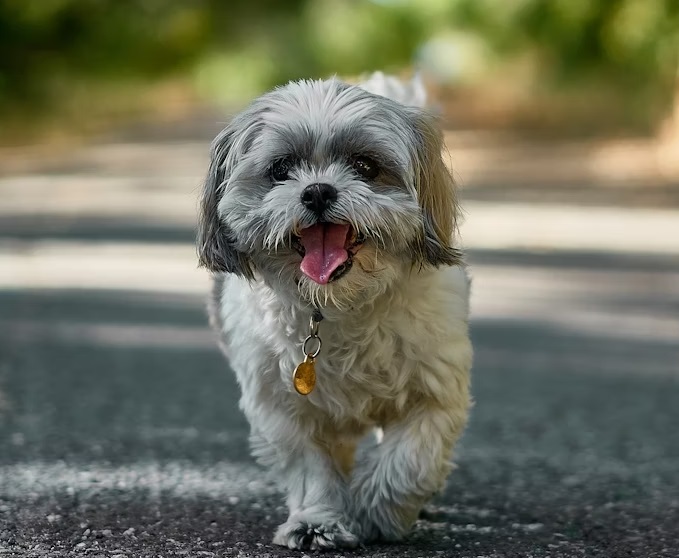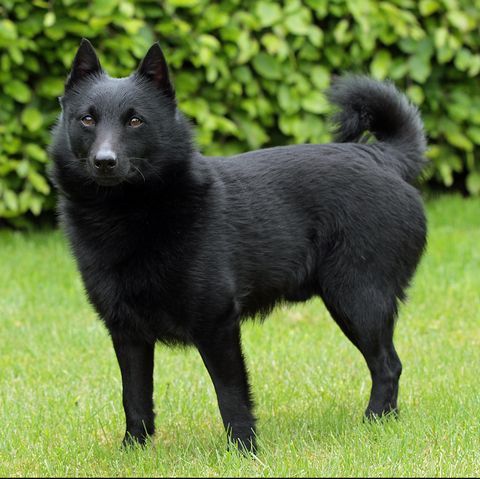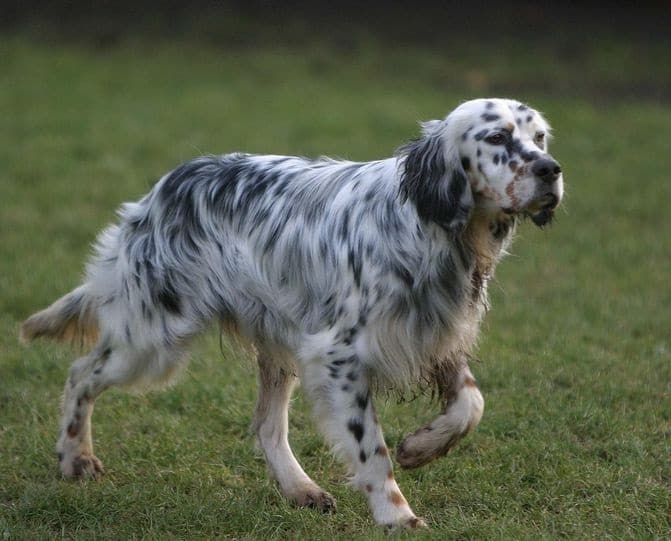History of Scottish Terriers
Origins of Scottish Terriers
The Scottish Terrier, also known as the Scottie, is a small and sturdy breed that originated in Scotland. Its exact origins are somewhat debated, but it is believed to share a common ancestry with other Scottish breeds such as the Cairn Terrier and the West Highland White Terrier. The Scottie’s ancestors were used for hunting rats, foxes, and other small game in the rugged Scottish countryside.
Scottish Terriers in Scotland
Scottish Terriers have a rich history in Scotland, where they were highly valued for their hunting abilities and loyalty. They were often seen working alongside Scottish farmers and gamekeepers, helping to control vermin populations on their properties. The Scottie’s tenacity and fearlessness made it an ideal breed for hunting in the challenging Scottish terrain.
Development of the Breed
Over time, efforts were made to refine and develop the Scottish Terrier breed. Breeders focused on enhancing the Scottie’s physical and temperamental characteristics to create a dog that excelled in various roles. The breed’s distinctive features, such as its wiry, weather-resistant coat and strong build, were carefully preserved.
In the late 19th century, the Scottish Terrier gained popularity in dog shows, further contributing to its development. Breeders aimed to maintain the breed’s strong hunting instincts while also showcasing its elegance and beauty. The Scottish Terrier quickly became a favorite among dog enthusiasts and soon gained recognition as a distinct breed.
Today, Scottish Terriers are beloved companions and show dogs around the world. Their rich history and strong ties to Scotland make them a symbol of bravery and loyalty. Whether as a family pet or a competitive show dog, the Scottish Terrier continues to capture the hearts of dog lovers everywhere.
Characteristics and Temperament
Physical Appearance
Scottish Terriers are small to medium-sized dogs with a distinctive appearance. They have a strong and sturdy build, with a well-muscled body. Their head is broad and in proportion to their body, with a pronounced stop. Scottish Terriers have a dense double coat that comes in various colors, such as black, wheaten, or brindle. Their eyebrows are bushy, and they have a prominent beard and mustache, which adds to their charming and unique appearance.
Personality Traits
Scottish Terriers are known for their bold and confident personalities. They possess a strong sense of self and are often described as spirited and feisty. Despite their small size, they are fearless and tenacious. These dogs are independent thinkers and have a tendency to be stubborn at times. However, their intelligence and quick learning abilities make them highly trainable with consistent and patient guidance.
Loyalty and Bravery
One of the most remarkable traits of Scottish Terriers is their unwavering loyalty. They form deep bonds with their families and are fiercely protective of them. Scottish Terriers have a strong sense of territoriality and will guard their home and loved ones with great determination. Their bravery is often showcased in their fearless nature, as they fearlessly confront any threat or challenge that comes their way. Despite their small stature, Scottish Terriers have been known to display incredible courage in the face of danger.
In conclusion, Scottish Terriers possess a unique blend of physical characteristics and temperament traits that make them truly remarkable. Their distinct appearance, bold personalities, unwavering loyalty, and incredible bravery set them apart as a breed. Whether as a loving companion or a vigilant protector, Scottish Terriers prove time and time again why they are considered one of the most beloved and admired Scottish breeds.
Care and Maintenance
Grooming Requirements
Scottish Terriers, also known as Scotties, have a distinctive and beautiful double coat that requires regular grooming to keep it in top condition. Their wiry outer coat and soft undercoat provide excellent protection against the elements, but it also means that regular brushing is necessary to prevent matting and tangling of the hair. A slicker brush and a comb with wide teeth should be used to remove any tangles or dead hair. It is recommended to brush your Scottie at least once a week to keep their coat healthy and shiny.
In addition to regular brushing, Scottish Terriers should be professionally groomed every 6-8 weeks to maintain their coat’s texture and appearance. During grooming sessions, their coat can be hand-stripped or clipped, depending on your preference. Hand-stripping involves plucking out dead hairs by hand, while clipping involves using electric clippers to trim the coat. Either method will keep your Scottie looking tidy and prevent their coat from becoming too heavy.
Apart from coat grooming, attention should also be given to their ears, teeth, and nails. Regularly check and clean their ears to prevent infections. Brushing their teeth regularly with a dog toothbrush and toothpaste will help maintain good oral hygiene. Lastly, trim their nails regularly, taking care to avoid cutting into the quick, which can cause bleeding and discomfort.
Exercise Needs
Scottish Terriers are a moderately active breed that requires daily exercise to keep them physically and mentally stimulated. Despite their small size, they have a lot of energy and enjoy brisk walks, play sessions, and interactive toys. Aim for at least 30 minutes to an hour of exercise each day, divided into two or three sessions.
While Scotties can adapt well to apartment living, they still need opportunities to explore and stretch their legs. Regular walks in a safe and secure area, such as a park or a well-fenced backyard, will allow them to satisfy their natural curiosity. It’s important to note that Scottish Terriers have a strong prey drive, so it’s essential to keep them on a leash or in a securely fenced area to prevent them from chasing small animals.
In addition to physical exercise, mental stimulation is also crucial for Scottish Terriers. Engage their intelligent minds with puzzle toys, obedience training, or interactive games. This will help prevent boredom and destructive behaviors that may arise from a lack of mental stimulation.
Health Concerns
Like all dog breeds, Scottish Terriers are prone to certain health concerns that owners should be aware of. Some common health issues in Scotties include:
- Scottie Cramp: This is a hereditary condition that causes muscle spasms and can affect the dog’s gait and coordination. While it doesn’t typically cause pain or discomfort, it can affect their mobility. Genetic testing is available to identify carriers of this condition.
- Von Willebrand’s Disease: Scottish Terriers have an increased risk of this bleeding disorder, which affects the blood’s ability to clot properly. It’s important to inform your veterinarian if your Scottie needs any surgical procedures to ensure appropriate precautions are taken.
- Cancer: Scottish Terriers have a higher risk of developing certain types of cancer, including bladder cancer and lymphoma. Regular veterinary check-ups and screenings can help detect any potential issues early on.
- Allergies: Some Scottish Terriers may be prone to allergies, including food allergies or environmental allergies. Pay attention to any signs of itching, redness, or skin issues, and consult with your veterinarian if needed.
To ensure the overall well-being of your Scottish Terrier, regular veterinary visits, a balanced diet, proper exercise, and a loving home environment are essential. By staying informed and proactive, you can help your Scottie live a healthy and happy life.
Training and Socialization
Training Scottish Terriers
. These intelligent and independent dogs thrive when provided with consistent and positive reinforcement training methods. Here are some key points to consider when training Scottish Terriers:
- Start Early: Begin training your Scottish Terrier as soon as you bring them home. Puppies have a great capacity to learn and adapt, making it the perfect time to establish good behaviors and routines.
- Positive Reinforcement: Scottish Terriers respond best to positive reinforcement techniques such as rewards, praises, and treats. Use these incentives to reinforce desired behaviors, such as sitting, staying, and walking on a leash.
- Consistency: Consistency is crucial when training Scottish Terriers. Establish clear rules and expectations and ensure that everyone in the household follows them consistently. This consistency helps prevent confusion and promotes faster learning.
- Patience: Scottish Terriers can be stubborn at times, so it is important to remain patient during the training process. Avoid using harsh or punitive methods as it can lead to fear or aggression in these sensitive dogs.
Socializing Scottish Terriers
Socialization is vital for Scottish Terriers to develop into well-rounded and friendly pets. Early socialization helps them become comfortable in various environments and around different people and animals. Here are some tips for socializing your Scottish Terrier:
- Expose to Various Situations: Introduce your Scottish Terrier to different environments, such as parks, busy streets, and other pet-friendly places. Exposing them to various sights, sounds, and experiences helps them become more adaptable and less fearful.
- Positive Experiences: Ensure that every social interaction is positive for your Scottish Terrier. Encourage friendly encounters with other dogs, people, and even children, rewarding them for calm and friendly behavior. This positive reinforcement helps build their confidence and trust.
- Gradual Introductions: When introducing your Scottish Terrier to new animals or people, do it gradually and in controlled settings. Start with calm and well-behaved counterparts to avoid overwhelming or stressful situations. Slowly increase the complexity and intensity of social interactions as your dog becomes more comfortable.
Common Challenges
While training and socializing Scottish Terriers, you may encounter some common challenges. It is important to address these challenges promptly and effectively to ensure a well-adjusted and happy Scottish Terrier:
- Stubbornness: Scottish Terriers have an independent nature, which can sometimes lead to stubborn behavior. Patience, consistency, and positive reinforcement techniques can help overcome this challenge.
- Barking Tendencies: Scottish Terriers have a tendency to be vocal and bark excessively. Proper training and socialization can help curb this behavior, teaching them appropriate times to bark and when to be quiet.
- Dominance Issues: Some Scottish Terriers may display dominance issues towards other dogs or even family members. Early socialization and firm, consistent training can help establish a balanced hierarchy and prevent any aggression or dominance-related problems.
By following these training and socialization tips and addressing common challenges, you can raise a well-behaved and sociable Scottish Terrier that will be a loyal and brave companion.
Scottish Terriers as Family Pets
Compatibility with Children
Scottish Terriers make excellent family pets and are generally compatible with children. Their loyal and protective nature makes them great companions for kids. Scottish Terriers are known for their patience and can tolerate the playful antics of children. However, it is important to supervise interactions between Scottish Terriers and young children to ensure mutual respect and prevent any accidental harm.
Living with Other Pets
Despite their independent nature, Scottish Terriers can live harmoniously with other pets in the household. With proper socialization and training, they can adapt well to the presence of other animals, including dogs and cats. However, it is advisable to introduce them slowly and carefully to ensure a smooth transition. Scottish Terriers may display some territorial instincts, but with patience and consistent training, they can coexist peacefully with other furry friends.
Suitability for Different Lifestyles
Scottish Terriers are well-suited for different lifestyles, making them a versatile choice for potential owners. Whether you live in a spacious house or a compact apartment, Scottish Terriers can adapt to various living environments. Their moderate exercise needs make them suitable for both active individuals and those with a more relaxed lifestyle. Scottish Terriers enjoy daily walks and interactive play sessions, but they are also content with indoor activities and mental stimulation.
Scottish Terriers are wonderful family pets that can get along with children and other pets. They are adaptable to different lifestyles and can thrive in various living situations. If you are seeking a brave and loyal companion to join your family, a Scottish Terrier may be the perfect choice.
Scottish Terriers are truly remarkable and unique breeds that embody bravery and loyalty. Their rich history and distinctive characteristics make them a beloved choice for dog enthusiasts. Whether it’s their iconic appearance with their wiry coats and pointed ears, or their unwavering devotion to their families, Scottish Terriers are a breed that leaves a lasting impression. Their fearlessness and protective nature make them excellent guardians, always ready to stand up for what they believe in. If you are looking for a dog that is both courageous and fiercely loyal, look no further than the Scottish Terrier.


